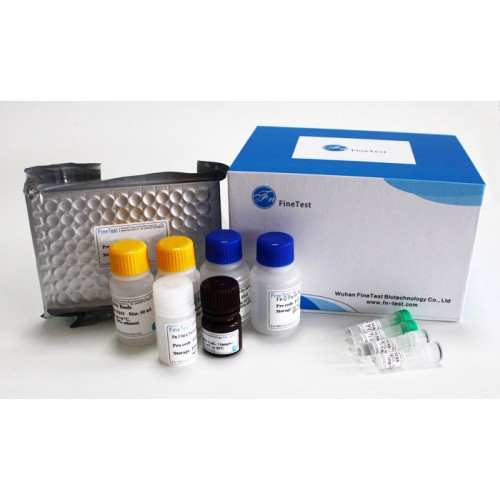Product Description
Recombinant Human Leucine-rich repeat-containing G-protein coupled receptor 5 (LGR5), partial is available at Gentaur for Next week Delivery.
Gene Name: LGR5
Alternative Names : G-protein coupled receptor 49G-protein coupled receptor 67G-protein coupled receptor HG38
Expression Region : 22-561aa
AA Sequence : GSSPRSGVLLRGCPTHCHCEPDGRMLLRVDCSDLGLSELPSNLSVFTSYLDLSMNNISQLLPNPLPSLRFLEELRLAGNALTYIPKGAFTGLYSLKVLMLQNNQLRHVPTEALQNLRSLQSLRLDANHISYVPPSCFSGLHSLRHLWLDDNALTEIPVQAFRSLSALQAMTLALNKIHHIPDYAFGNLSSLVVLHLHNNRIHSLGKKCFDGLHSLETLDLNYNNLDEFPTAIRTLSNLKELGFHSNNIRSIPEKAFVGNPSLITIHFYDNPIQFVGRSAFQHLPELRTLTLNGASQITEFPDLTGTANLESLTLTGAQISSLPQTVCNQLPNLQVLDLSYNLLEDLPSFSVCQKLQKIDLRHNEIYEIKVDTFQQLLSLRSLNLAWNKIAIIHPNAFSTLPSLIKLDLSSNLLSSFPITGLHGLTHLKLTGNHALQSLISSENFPELKVIEMPYAYQCCAFGVCENAYKISNQWNKGDNSSMDDLHKKDAGMFQAQDERDLEDFLLDFEEDLKALHSVQCSPSPGPFKPCEHLLDGWLIR
Sequence Info : Partial
Tag Info : N-terminal 6xHis-tagged
Theoretical MW : 62.4 kDa
Storage Buffer : Tris/PBS-based buffer, 5%-50% glycerol. If the delivery form is lyophilized powder, the buffer before lyophilization is Tris/PBS-based buffer, 6% Trehalose, pH 8.0.
Endotoxin Level : Not tested-
Biological Activity : Not tested
Storage : Short term: -20°C; Long term: -80°C. Minimize freeze and thaw cycles.
Research Area : Cancer
Restriction : For Research Use Only. Not for use in diagnostic procedures, drug use, or for administration to humans or animals.
Relevance : Receptor for R-spondins that potentiates the canonical Wnt signaling pathway and acts as a st cell marker of the intestinal epithelium and the hair follicle. Upon binding to R-spondins (RSPO1, RSPO2, RSPO3 or RSPO4), associates with phosphorylated LRP6 and frizzled receptors that are activated by Extracellular domain Wnt receptors, triggering the canonical Wnt signaling pathway to increase expression of target genes. In contrast to classical G-protein coupled receptors, does not activate heterotrimeric G-proteins to transduce the signal. Involved in the development and/or maintenance of the adult intestinal st cells during postbryonic development.
Function : Receptor for R-spondins that potentiates the canonical Wnt signaling pathway and acts as a stem cell marker of the intestinal epithelium and the hair follicle. Upon binding to R-spondins (RSPO1, RSPO2, RSPO3 or RSPO4), associates with phosphorylated LRP6 and frizzled receptors that are activated by extracellular Wnt receptors, triggering the canonical Wnt signaling pathway to increase expression of target genes. In contrast to classical G-protein coupled receptors, does not activate heterotrimeric G-proteins to transduce the signal. Involved in the development and/or maintenance of the adult intestinal stem cells during postembryonic development.
Involvement in disease :
Subcellular location : Cell membrane, Multi-pass membrane protein, Golgi apparatus, trans-Golgi network membrane, Multi-pass membrane protein
Protein Families : G-protein coupled receptor 1 family
Tissue Specificity : Expressed in skeletal muscle, placenta, spinal cord, and various region of brain. Expressed at the base of crypts in colonic and small mucosa stem cells. In premalignant cancer expression is not restricted to the cript base. Overexpressed in cancers of the ovary, colon and liver.
Paythway :
Uniprot ID : O75473
 Euro
Euro
 British Pound
British Pound
 US Dollar
US Dollar








